Roadworthiness Testing
An EU Directive 2014/45 (“the Directive”) sets out minimum requirements for periodic roadworthiness
testing of vehicles used on public roads. This directly applies to all vehicles. Vehicles are categorised by
type and the rules differ for each category. Cars and vans must be tested at least biennially, unless
exempted. Heavy goods vehicles, buses and coaches that are not exempted must be tested annually.
The government respected the EU referendum result and triggered Article 50 of the Treaty on European
Union on 29th March 2017 to begin the process of exit. Until exit negotiations are concluded, the UK
remains a full member of the European Union and all the rights and obligations of EU membership remain in
force. During this period the Government will also continue to negotiate, implement and apply EU legislation.
The outcome of these negotiations will determine what arrangements apply in relation to EU legislation in
the future once the UK has left the EU.
Under current GB and EU law all vehicles that were manufactured or registered before 1960 can be
exempted from periodic testing. The new EU directive still enables exemptions from regular testing, but
vehicles must be at least 30 years old, no longer in production and should not be substantially changed.
If we wish to continue to exempt VHIs we will need to implement EU requirements and amend GB law. The
Road Traffic Act 1988 provides the legislative basis for MOT testing of cars, other light vehicles (including
some light goods vehicles), private buses/coaches, and motorcycles. Heavy Goods Vehicles are required to
have a statutory road-worthiness test under the Goods Vehicles (Plating and Testing) Regulations 1988. We
do not propose to exempt HGVs and PSVs from road-worthiness testing.
Implementing the EU minimum would involve introducing a certification process to determine if a vehicle has
been ‘substantially changed’ and exempting vehicles using a 30 year rolling mechanism (exempting vehicles
from 1987 in 2017). We will also have to define ‘substantial change’ as there is no definition in the Directive.
If we continue to exempt VHIs that were manufactured or registered before 1960 we will still have to define
‘substantial change’, as it is a requirement of the Directive. DVLA uses an 8-point rule to determine whether
vehicles that have been radically altered should be re-registered. In our consultation of 2016, we proposed
using this rule to determine whether a vehicle has been substantially changed.
We received a variety of comments from respondents. A number said that the rule had been used for some
time and was established. Others said that some amendments would be needed and/or that modifications
could make a vehicle safer. DVLA’s rules have been amended to meet these concerns
For further information see: www.legislation.gov.uk/ukia/2017/138/pdfs
PAS43: 2018
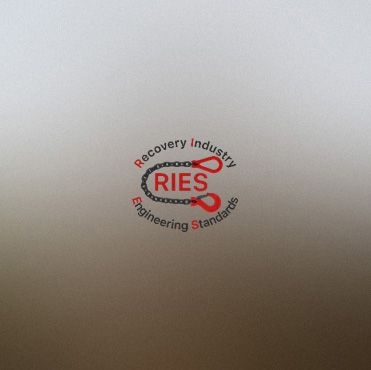.jpg&crop=true&d=600&h=600)
Re PAS43: 2018 This standard is now available from BSI at http://www.shop.bsigroup.com/
I would advise all operators who either have PAS43 or are working towards this standard to purchase a copy as there are quite a few significant changes which will impact upon existing procedures
Complaints Regarding Use of Beacons & Hazard Lights
RIES have received a number of complaints in relation to the use of beacons and hazard warning lights. Basically operators are using leaving beacons on when moving along the road at a speed which does not constitute a risk to other traffic i.e slow moving. For example a tilt and slide witha vehicle on the bed and travelling at the legal speed for that vehicle and having flashing beacons on.
Lets be clear about this beacons should only be used when stationary or when slow moving and posing a danger to other traffic. To use them in any other way degrades the proper use meaning.
Secondly it seems to be more and more prevalent that vehicles being towed on a spec lift have hazard warning lights left on instead of attaching either a trailer board or magnetic lights being used. Operators who have a PAS standard or who are working for motoring groups know what is required when a lift and tow operation is used. One might ask the question, “if hazard warning lights are used how does a following motorist know which way the vehicle is turning when a junction is reached”
RIES would ask all operatives to visit this issue and ensure your company applies professional standards.
Demise of Recovery Companies
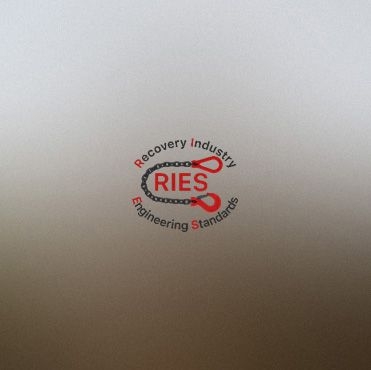.jpg&crop=true&d=600&h=600)
As we travel the country it is sole destroying to see the demise of a number of recovery operators.
Whilst the recent financial doldrums may be a contributory factor there is a n underlying reason.The majority of the companies we see failing to stay afloat cannot compete with the “Shell Suit Bob’s” who are recovering for a fraction of the price.
It is very easy for these ‘rogue’ companies as, in many cases, they do not have any standards or indeed proper recovery training. In addition the insurance cover they have may not be appropriate for the operation they perform. What is more worrying is that a number of motoring groups who are signatories to PAS43 standard and are members of the Survive Group, which initiated the standard, are prepared to use these non qualified companies over those who maintain standards.
The fact that such sub standard companies are being used raises issues for the motorist who has paid a membership levy but is being recovered by a company that may not be properly insured and has no formal training. Surely there is liability here in relation to the motoring groups.

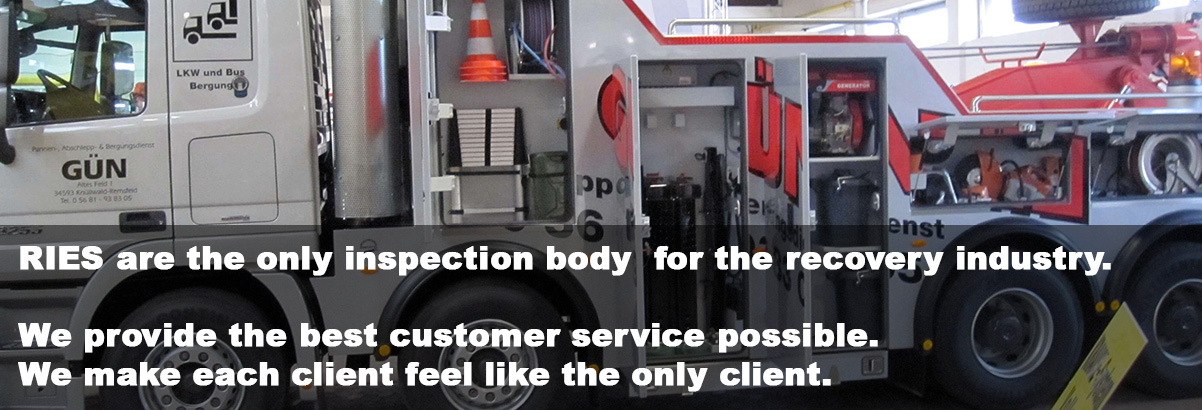
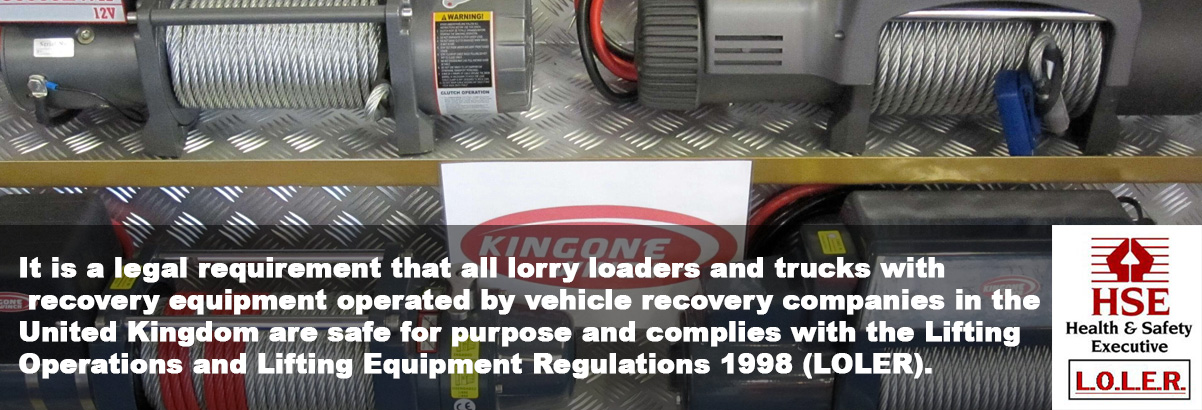
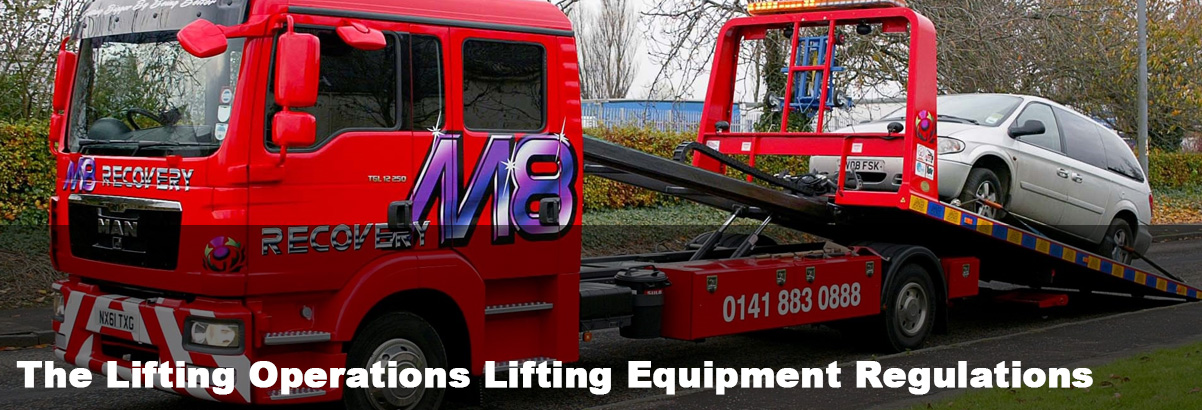
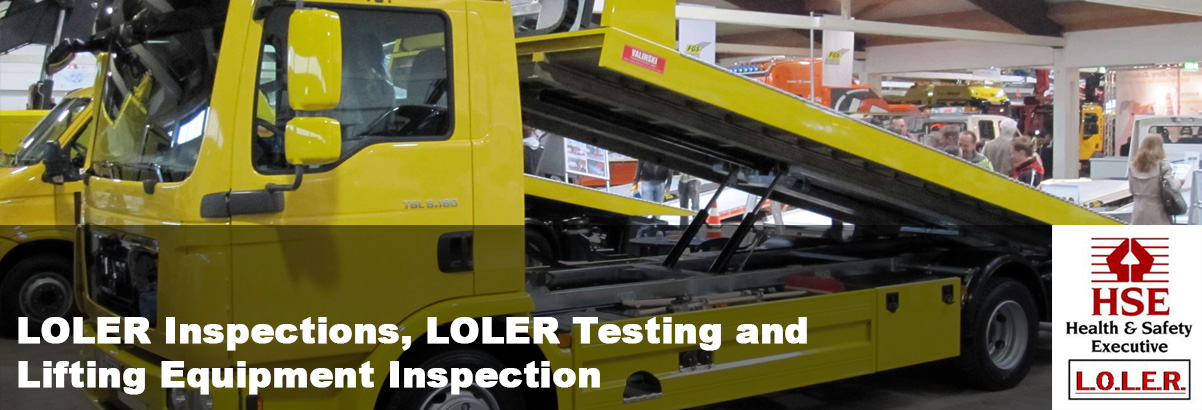
.jpg&crop=true&d=600&h=600)
.jpg&crop=true&d=600&h=600)